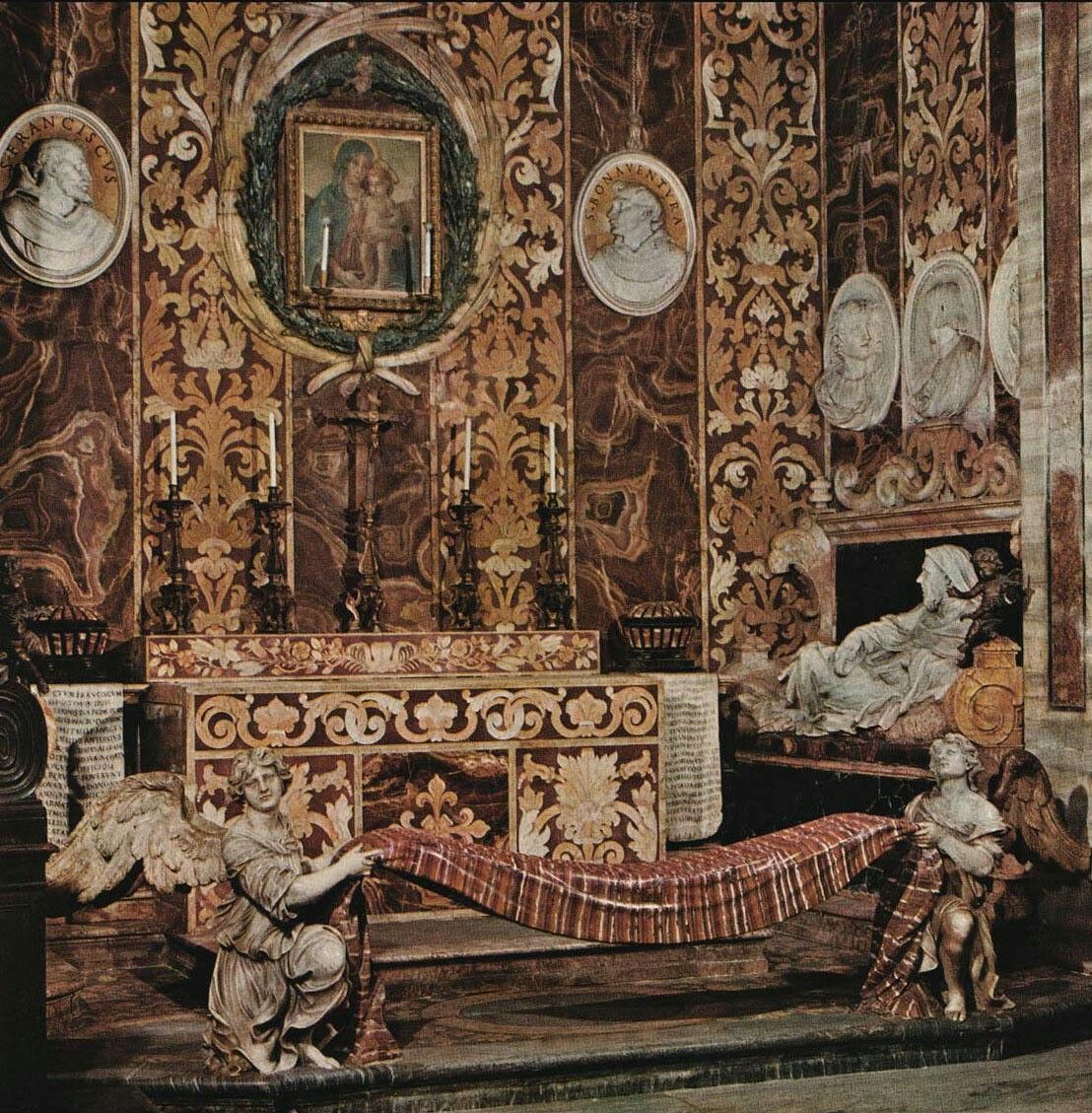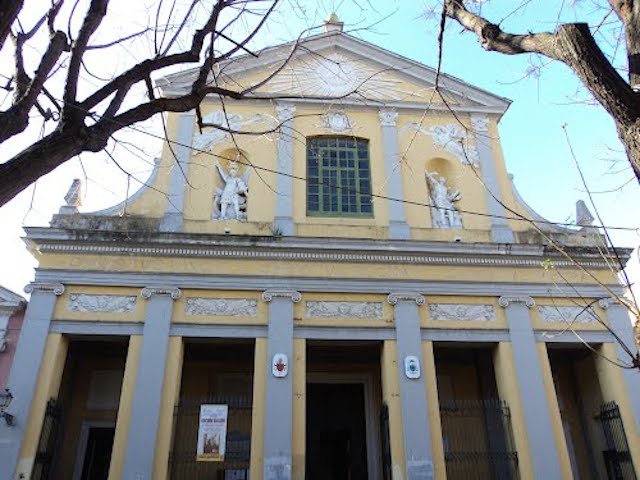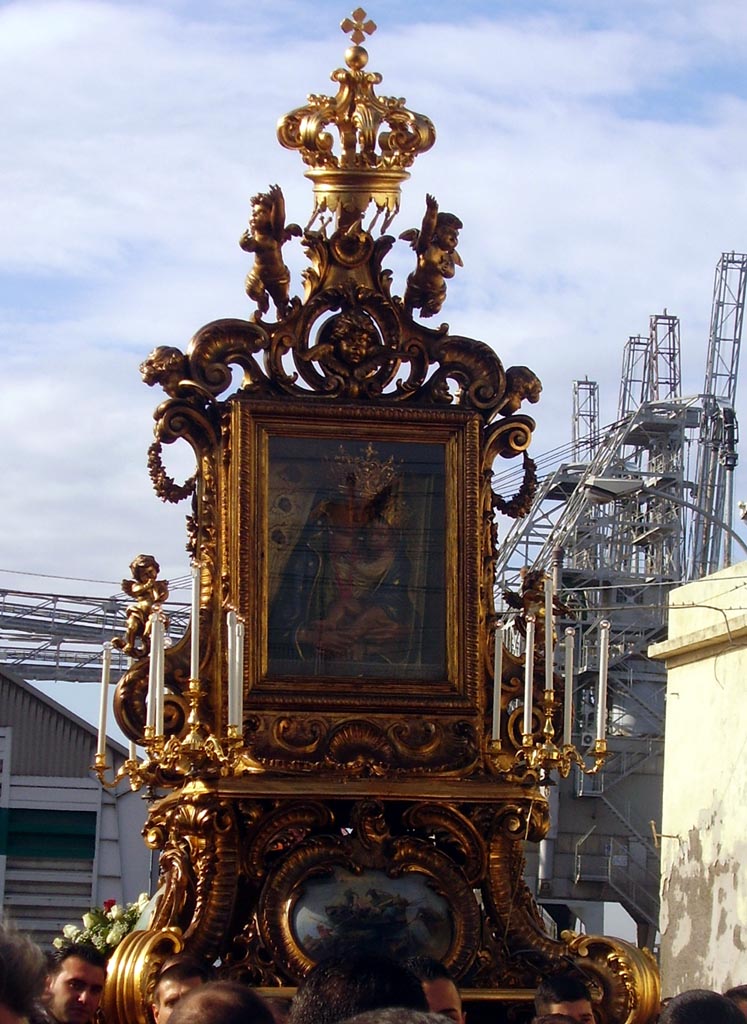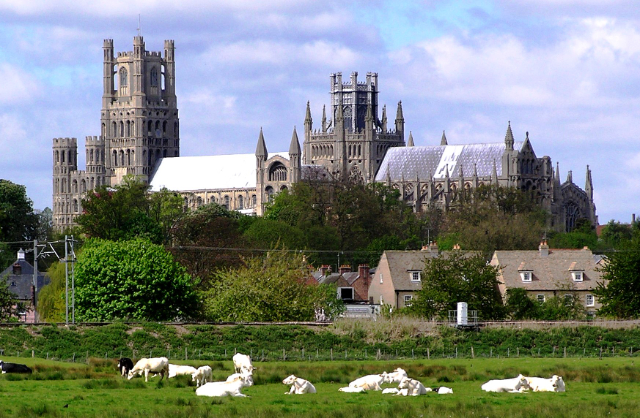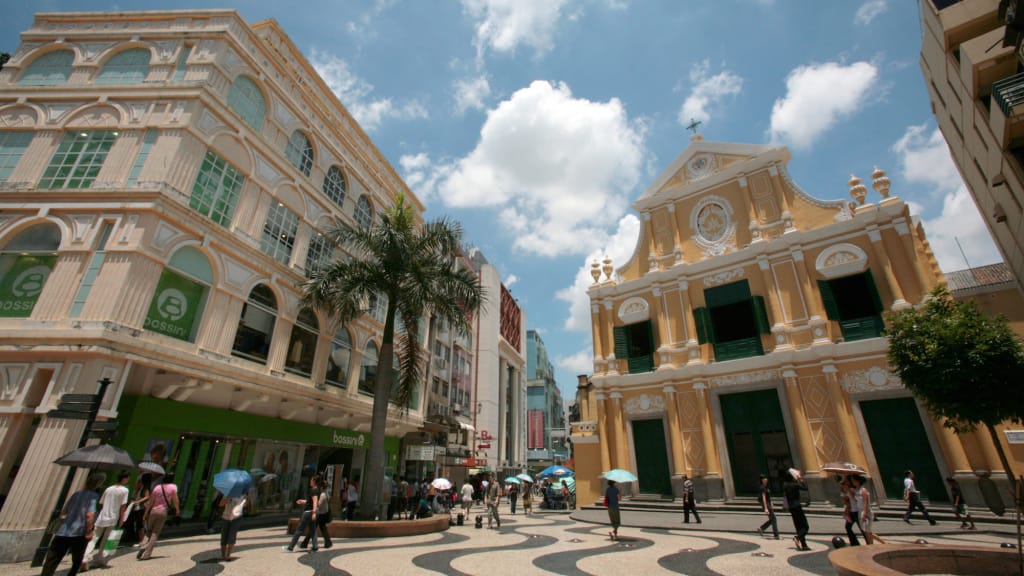San Girolamo della Carità is a church in the heart of Rome, located at the beginning of Via di Monserrato, near Piazza Farnese, in the Regola district.
In 382 Pope Damasus called Jerome to Rome to entrust him with the translation, interpretation and commentary of the Bible and to ask for his help, together with that of the Bishop of Milan, Ambrose, in fighting and eliminating Arianism, a heresy that seriously threatened Catholicism, which at that time was spreading and strengthening. Girolamo, who came from the East, almost certainly went to live in the house of the matron Paola, which is said to have stood on the area of the present church complex. From the 16th century onwards, the vicissitudes of the church are closely linked to those of the Archconfraternity of Charity, whose archival documents record the history of a meritorious institution and, with it, the history of interventions on the church.
In addition, the building complex of S. Girolamo is also closely linked to the human and spiritual life in Rome of a great saint, Philip Neri, who lived there for thirty-three years.
Today the church serves as the Chapel of the University’s Research Centre and Library. The façade of the church of San Girolamo, a bit lost among the alleys of the historic center of Rome, is a seventeenth-century work of great beauty. The interior has a single nave, with a carved wooden ceiling very beautiful and rich in details. On either side of the nave there are some chapels, one of which, the Spada Chapel, is the real reason for a detailed visit of the church.
The Spada Chapel, erroneously attributed for years to Borromini, from whom many of the chapel’s design ideas were "stolen", is the work of the architect Virgilio Spada who designed and took care of all the details of the construction and decoration of the chapel, with the aim of elevating his family compared to the canons of the style of the other noble Roman family chapels, of which the Spada family would have wanted to be part.
A clear demonstration of this is the presence of the two side figures, the two most important members of the Spada family (Giovanni Spada and Bernardino Lorenzo Spada), reclining on a sofa as if they were resting in their room; the whole chapel, in fact, tends to represent an intimate and familiar place: in place of the balustrade, for example, there are two angels who almost seem to be holding a sheet; the wings of the right angel, made of wood, rotate to allow access to the chapel.
The central altar is dominated by the figure of a Madonna surrounded by a crown of laurel and palm leaves; also the six ovals with white marble busts, three on each side wall of the chapel, portray some of the family’s ancestors.
Next to the high altar is the Antamori Chapel, the only work in Rome by Filippo Juvarra, containing a marble statue dedicated to St. Philip Neri.
